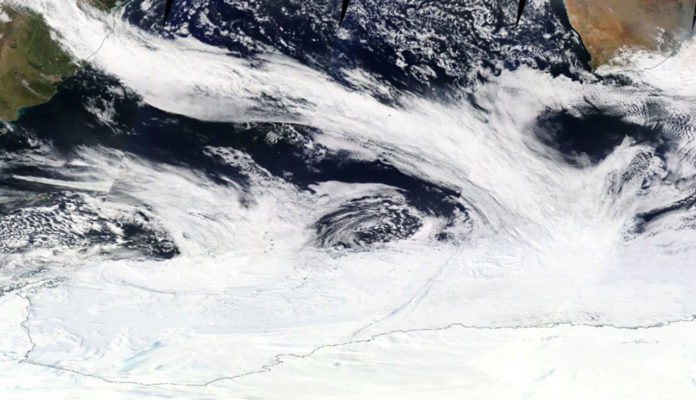New research by Rutgers University has suggested that Antarctica’s atmospheric rivers play a crucial role in creating massive holes in sea ice in the Weddell Sea. Also, those rivers influence ocean conditions around the vast continent, as well as climate change.
Scientists considered the role of long, intense plumes of warm, moist air—known as atmospheric river—is making colossal openings in sea ice. They focused on the Weddell Sea region of the Southern Ocean near Antarctica, where these sea holes (called polynyas) infrequently create throughout the winter. A large hole around there was first seen in 1973, and a hole developed again in the late winter and early spring of 2017.
Scientists found that repeated strong atmospheric rivers during late August through mid-September 2017 played a crucial role in forming the sea ice hole. These rivers brought warm, moist air from the coast of South America to the polar environment, warming the sea ice surface and making it vulnerable to melting.
Under projected future climate change, atmospheric rivers are predicted to become more frequent, longer, wider, and more effective in moving high levels of water vapor toward the Antarctic Ocean and continent and increasing the intensity of the precipitation.
Journal Reference:
- Diana Francis et al. On the crucial role of atmospheric rivers in the two major Weddell Polynya events in 1973 and 2017 in Antarctica. DOI: 10.1126/sciadv.abc2695
